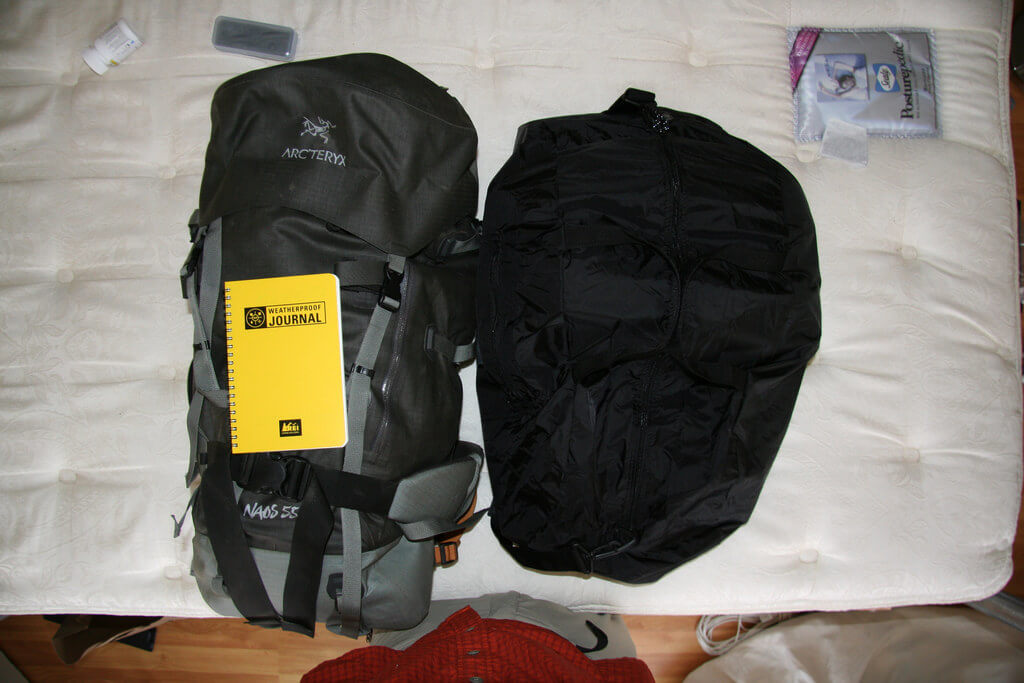7 Tips on Winter Treks in Nepal
1.Start early
You should always know that winters days are short. Starting early can make a difference between a cozy and warm shelter or a freezing night spent in a snow field camping. Show is harder early in the morning before the sun hits it and turns it into slushy. Harder surface means less postholding, therefore you can walk faster. Hence, start early and pack some remember to pack some extra batteries and a head torch.
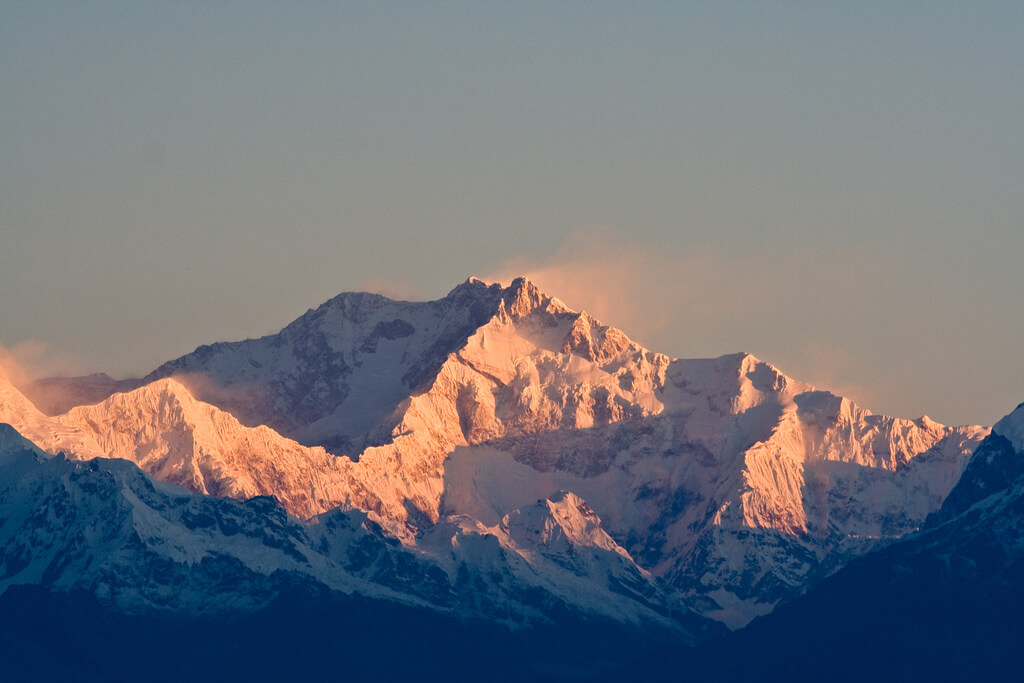
2.Change trekking pole baskets
You can buy trekking poles at Kathmandu after you arrive. Trekking pole baskets are the round rings at the bottom of the poles. They usually come with the trekking poles in two sets, A broad and a narrow par. Before you set out for a trek in winter make sure you switch to a narrower pair with bigger circumference. It helps maintain float which means it defines the ability of the poles not to sink in the snow.
Baskets are the round rings at the bottom of the trekking poles. Trekking poles usually come with two sets of baskets: a narrow and a broad pair. Before you set out for a winter trek, make sure to switch the narrower pair for one with a bigger circumference. The broader basket helps maintain “float”. Float is a term used to describe the trekking poles ability, not to sink into the snow or ground.
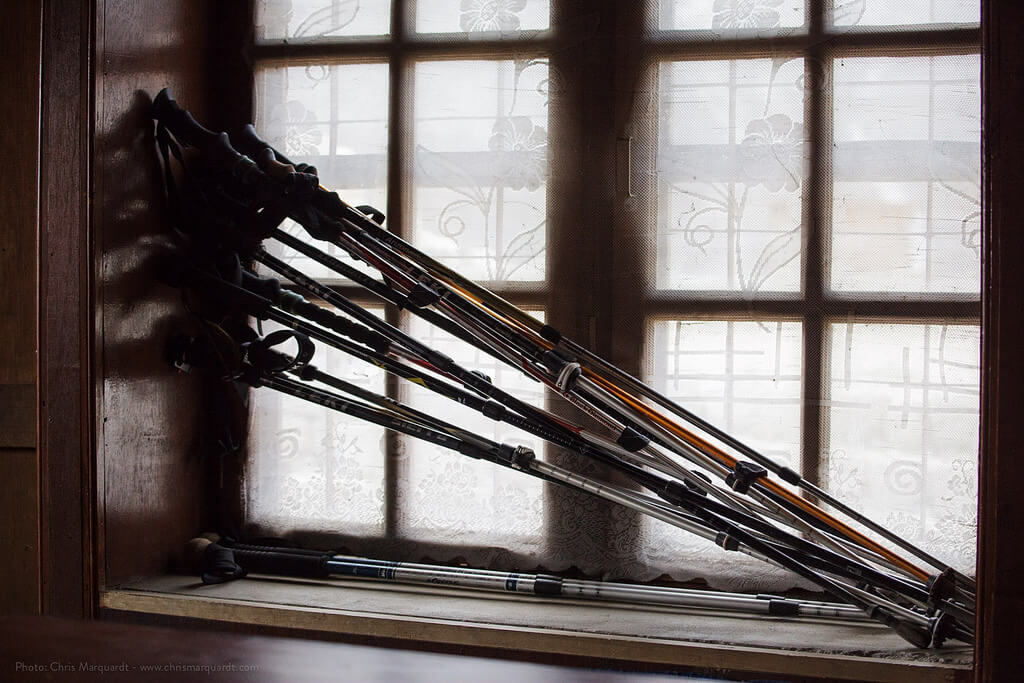
3.Poke and move
Always make sure to poke around the ground cover in snow for any potential hazards. It can be alluring to dig in the deep, untracked and fresh snow but don’t let that turn into ignorance to potential hazard. Thus be mindful and step carefully over every available placement for your feet, especially if it is on untracked snow. You can find less slippery path through descents if you’re poking.

4.Watch out for snow cornices
A cornice is an overhanging mass of hardened snow at the edge of a mountain precipice. They are formed by windblown snow over sharp terrain break snow attaches and extend horizontally. This is a common formation, especially on the downwind sides of mountains. They are very dangerous and one should avoid travelling above or below them. Breakage of cornices could trigger avalanches.
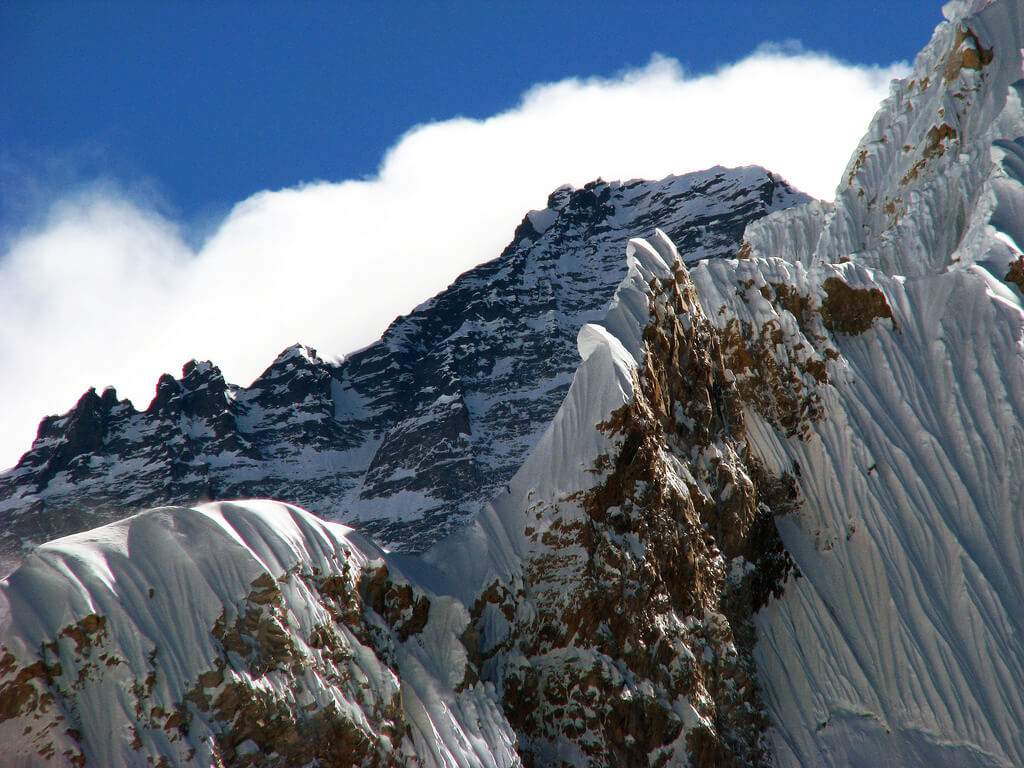
5.Pack extra pair of socks
If you are expecting fresh or slushy snow on your route, make sure you have few extra pair of socks. You will have to chance your wet socks at least once a day for all your winter treks. If you are in difficult treks with large snow drifts, you need to pack three pair of socks a day. Your feet will you thank you at the end of the day for your effort in keeping them fresh and dry. Fresh and dry socks prevent frost bites, trench foot and blisters. Even if everything fails and your boots become wet you can still keep your feet dry lining your trekking boots with trash bags.
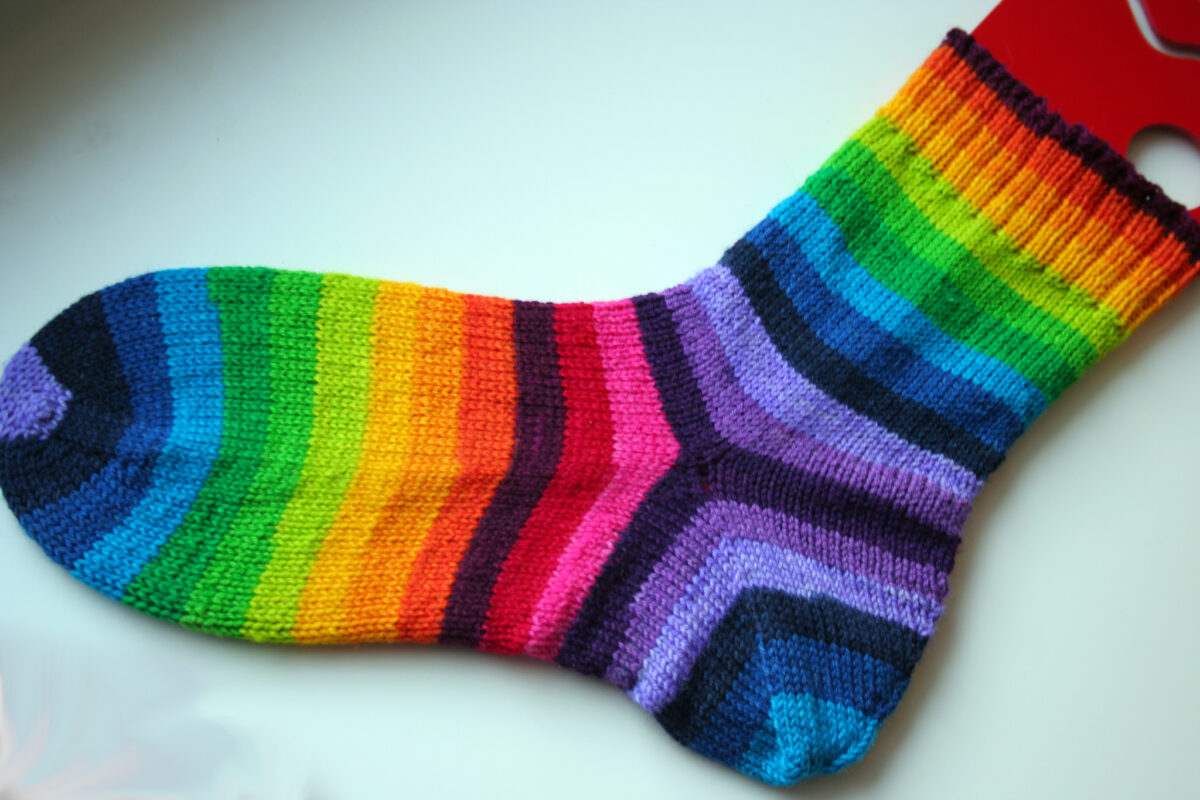
6.Stay Hydrated
Many people font associate cold temperature with drinking water. Yet, reduced thirst response and amplified urine production are two contributing factors to dehydration in temperatures that are colder. Studies show that dehydrated people are likely to face hypothermia. Therefore always pack sufficient drinking water along with other warm drinks in the backpack. Some of our reviewers agree that warm tea infused with Tulsi and lemon makes up a very refreshing drink for winter. Another very useful tip is to always carry the water bottles upside down in your backpack because water always freezes top down.
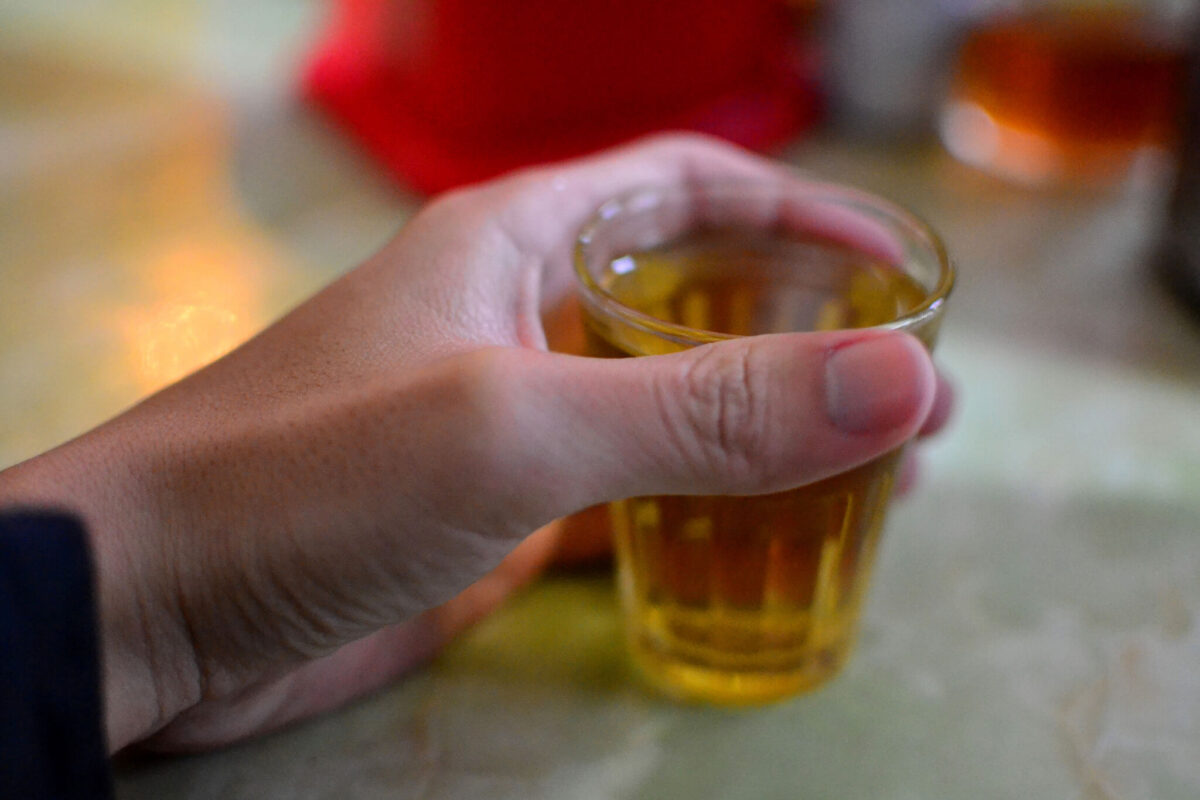
7.Pack carefully
A small flaw in your packing gear will turn out to be a harsh trek in a cold weather winter trek. Once when I was doing Everest Base Camp trek during winter, I was out of my tent ad 5AM. At 8 when the sun came out I realised my snow goggles were at the camp. Fortunately for me the wind was calm that day and I did not have to deal with snow blowing at my face. However after trekking for seven hours it started to snow and I started to feel sharp stabbing pain in my eyes. These pains did not subside until next two days. Then did I realise, summer’s missing gear might cause inconvenience but winter’s missing gear can be absolutely fatal. Therefore double check each gear in your backpack.
